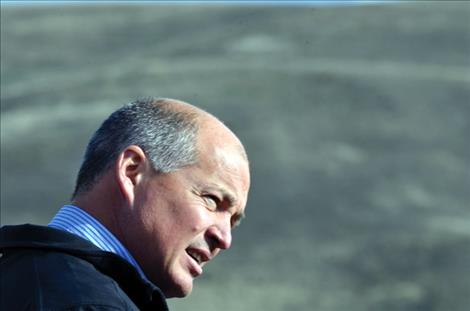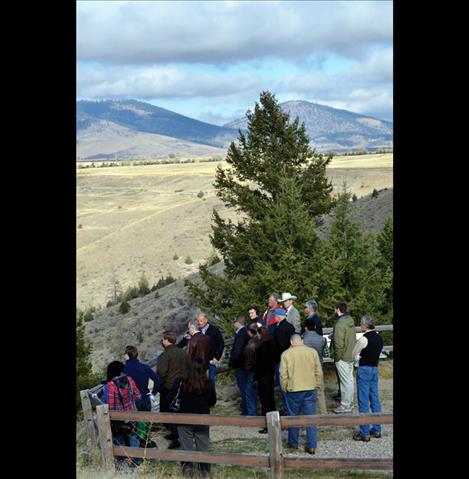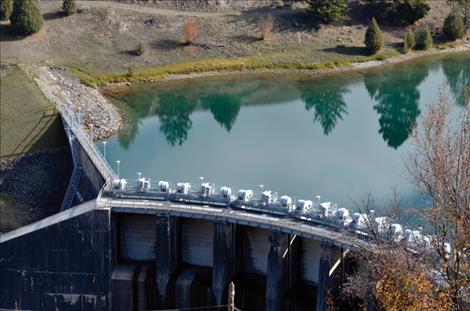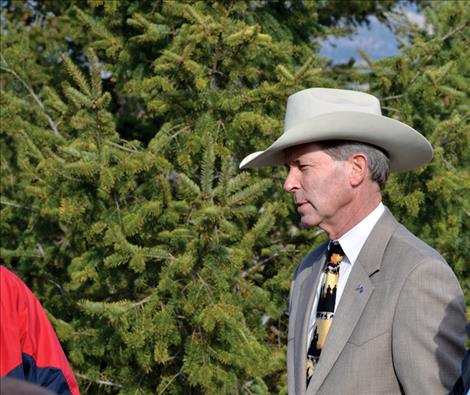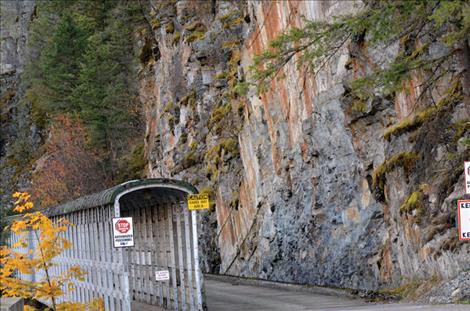- Home >
- News >
- Local News >
- Government
Tribes address concerns about dam
Issue Date: 11/4/2015
Last Updated: 11/3/2015 3:33:35 PM |
By
Karen Greene
Keep Reading!
You’ve reached the limit of 3 free articles - but don’t let that stop you.















